The Epidemiologic Aspects of COVID-19 Outbreak
Résumé
The coronavirus disease 2019 (COVID-19) outbreak started in late 2019 in Wuhan, Hubei Province of China, and quickly spread to the surrounding regions and neighboring countries. A novel coronavirus, the so-called severe acute respiratory syndrome coronavirus 2 (SARS-CoV-2), was found to be responsible for this outbreak potentially originating from pangolins. In China, the outbreak lasted for 1 month until it seemed to be controlled after affecting over 81,000 individuals and causing deaths in over 4200 patients. Subsequently, and after affecting over 118,000 individuals and causing over 4200 deaths, the condition was officially announced as a pandemic by the World Health Organization (WHO). In the meantime, the epidemic curve took a downtrend in China, the original epicenter of the pandemic, but started to rise in other countries with a steep slope. Among over 215 affected countries, the USA, European countries (Italy, Germany, Spain, France, the UK), Iran, and South Korea had the highest frequencies in the matters of infected patients and deaths. Importantly, different countries took different policies when encountered with an outbreak, especially in the matter of accuracy of the report and timing of the action. A part of the delays in reporting was expected, including the lag in the chain of reporting, the shortcomings of tests, missed patients, and inadequate testing facilities. However, there were also political and nontechnical reasons that caused the reporting to be inaccurate. Surveillance seems to be less of a reason for the observed in poor management, and it mostly originated from human decision-making failures and political issues. Besides, the culture of populations and their trust in their governments played an important role on how they reacted to the COVID-19 pandemic and acquired policies. Finally, the characteristics of the world today indicate the danger of probable upcoming outbreaks, and policymakers should utilize the existing opportunities, particularly the advancements in technology and media, to prevent or adequately manage them.

